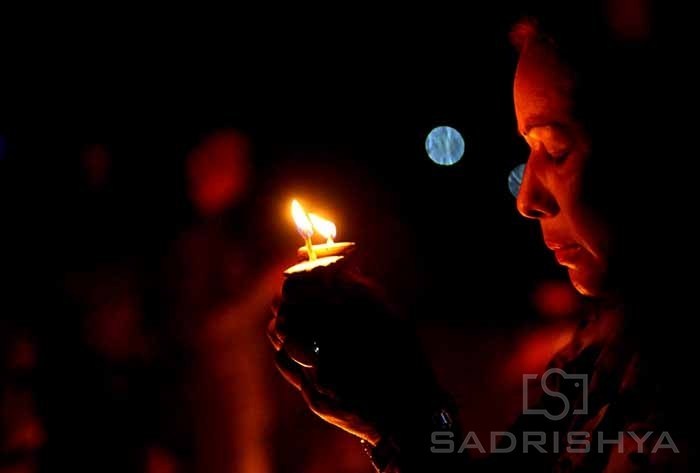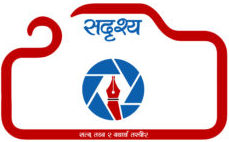Rato Machhindranath Jatra


Photos: Sunil Sharma

Text: Stuti Sharma
There are many stories or myths related to the origin of the Rato Machhindranath jatra, among which one states that once, guru Gorakhnath came to Patan without anyone knowing his true identity. When he wasn’t given any food to eat by the locals, out of anger, Gorkhnath found the Naags (serpents) responsible for rain in the Kathmandu valley, captured them and went to meditate. When there was no rain and severe drought occurred in the valley, King Narendra Dev invited Machhindranath, teacher of Gorakhnath from Assam, India. When Gorakhnath found about his teacher arriving in Patan, he went to give him a visit, setting the serpents free. The valley then had a lot of rain, and the locals started worshipping Machhindranath for saving them from the drought and King Narendra Dev started the festival of Rato Machhindranath Jatra in the valley.

The name “Rato Machhindranath” literally translates into “Red Fish God”. The annual festival starts just before the monsoon season from the end of Baishakh based on the dates or tithi decided by the priests. The one-month-long festival which is witnessed by thousands of people ends with Bhoto-Jatra. It is believed that the chariot-pulling festival has been celebrated since 2000 years in the country. The beautifully decorated 32-haat (hands) long chariot resides the idol of god of rain Rato Machhindranath. Towering by the houses by the side of the roads and narrow alleys pulled by hundreds of men is an awesome chaotic sight to witness in the valley.

The jeweled Bhoto exhibited in Bhoto Jatra also has its own story. Legend says, the bhoto was given to a farmer by Karkot Naag for curing his ailing Queen, but it got stolen. After sometime when the farmer was attending the Machhindranath Jatra at Jawalakhel, he saw a demon wearing the same bhoto and a quarrel between the two occurred. King Gun Kamdev was attending the same festival and he cleared the dispute by asking both the farmer and the demon to come with proof that one of them owned the bhoto. On the last day of Machhindranath Jatra that year, the King showed the bhoto from all sides of the chariot. Since no one came with true evidence, he declared that unless someone came with proof that they own the bhoto, it will be kept under the care of lord Machhindranath. Since then, the bhoto is shown to the public at Jawalakhel on the occasion of Bhoto Jatra.
The one-month-long festival is currently being celebrated in Lalitpur and its over 25 May.




















